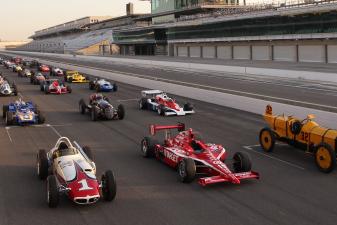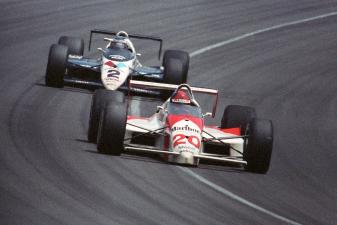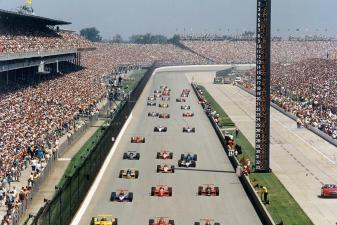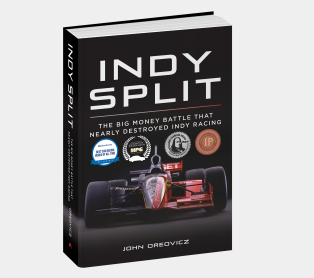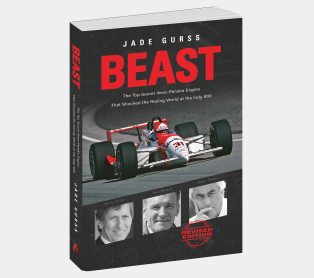Indy Split: Eureka!


Indy Split is a fascinating, authoritative and overdue account of the big money battle that nearly destroyed the sport of Indy car racing. The book traces the roots of Indy car racing’s dysfunction, which began in 1945 when Tony Hulman rescued the Indianapolis Motor Speedway from potential redevelopment. In this post, read about the reunification of Indy racing. Photo: Honda Racing.
Finally, on February 22, 2008, the news was made official. The ownership group of Champ Car had reached agreement in principle for the IRL to acquire and/or merge key elements of the Champ Car World Series into the IndyCar Series. After the thirty-fourth annual Toyota Grand Prix of Long Beach on April 20—which was billed as a gala send off for the Champ Car formula—the Champ Car World Series would cease to exist, and it was hoped that most, if not all, Champ Car teams would join the IndyCar Series.
Although the 2008 schedule was already set, the IRL picked up Champ Car’s July Edmonton date and agreed to run the Surfers Paradise, Australia, race in October as a non-championship event. The IRL also confirmed plans to resume racing in Toronto in 2009, and as part of the agreement, acquired Champ Car’s pioneering Mobile Medical Center, as well as the intellectual property of the company and historical records dating to 1909.
Flanked by around a dozen drivers from both series, Tony George and Kevin Kalkhoven addressed the media in a packed conference room at Homestead-Miami Speedway on February 27. The two men didn’t offer much in the way of new information about the upcoming amalgamation of the Champ Car World Series into the IRL IndyCar Series, but by appearing together, Kalkhoven and George symbolized what they hoped would be a brighter future for American open-wheel racing now that it was unified under IRL leadership. The genuine smiles they wore as they shook hands for the cameras was visual proof that the twelve-year battle between Champ Car and the IRL for control of American open-wheel racing—itself a simmering leftover of the original USAC-vs.-CART fight from 1978-80—could finally be put in the rear-view mirror. In fact, it was hard to find anyone on the grounds of the Florida oval (perhaps other than A.J. Foyt) who wasn’t sporting an ear-splitting grin.
Suddenly, Indy car racing didn’t have any excuses anymore. For more than a decade, open-wheel racing’s decline—and NASCAR’s simultaneous growth into an American phenomenon—was blamed on the split. There would be no more confusion about what constituted Indy car racing. Now everybody would be racing in the same places, including Indianapolis. Indy was the one word in open-wheel racing that didn’t need further explanation to casual sports fans, and yes, Danica and that guy from “Dancing With The Stars” (Hélio Castroneves won season five of the ABC television reality show dance competition in 2007) were part of it all. The on-track product was solid. The challenge was to rebuild Indy car racing’s fan base and its financial base, not necessarily in that order, and it wasn’t going to happen overnight, especially given the recession that descending upon America at the exact time the Indy car reunification took place. In that regard, the timing of the merger couldn’t have been worse.


